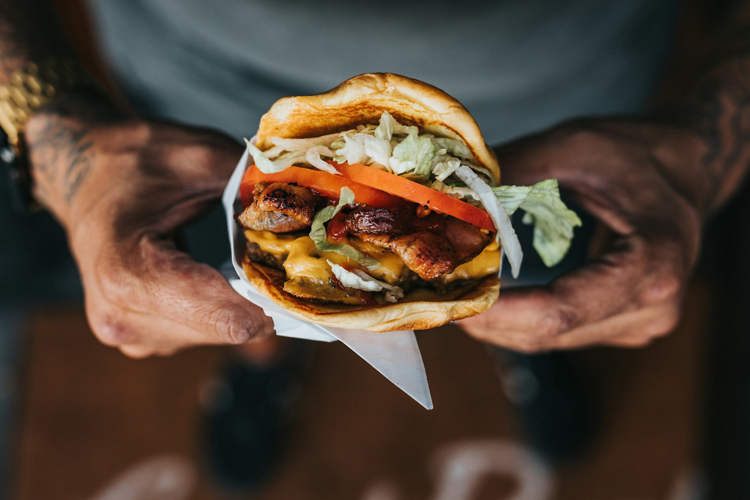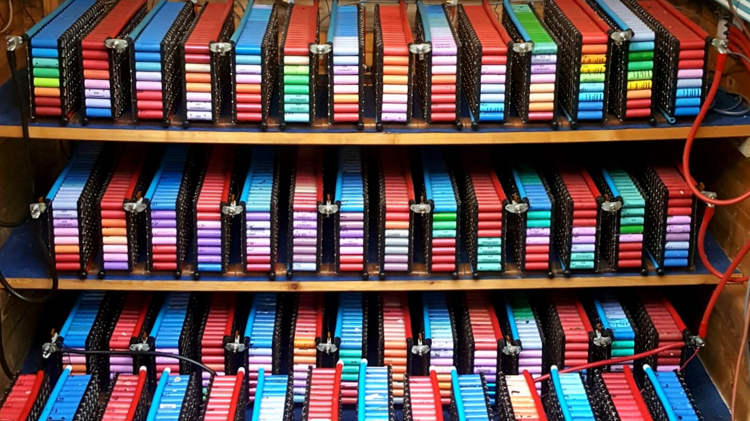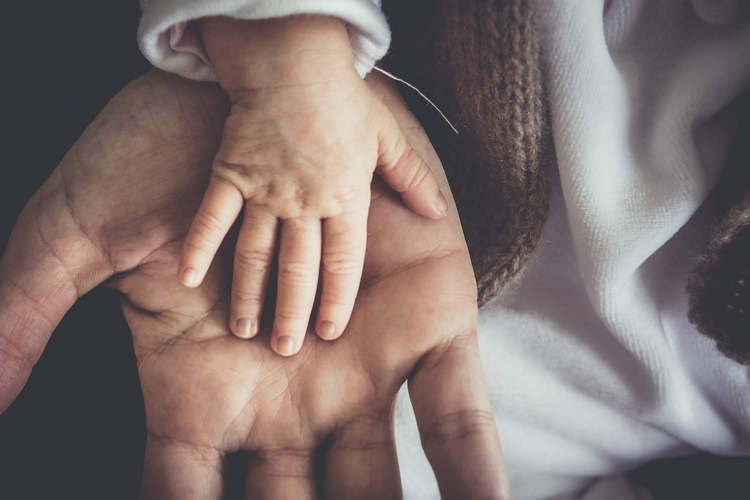The semi-nomadic Moken people, living along the coasts of Burma and Thailand, are hunter-gatherers who for centuries have harvested the sea’s bounty. They use traditional diving methods to this day, instead of modern masks or scuba gear. And their underwater vision is so evolved that they are able to gather tiny shellfish and other food from the ocean floor at depths as low as 75 feet!
Diving for food sounds like a difficult way to survive, but scientists have discovered that young Moken children have underwater vision that’s twice as good as European children of the same age. Scientist Anna Gislén, of Sweden’s Lund University, studied the children’s unique vision after hearing about them from a colleague.
“Another scientist, Erika Schagatay, was in the south of China working with sea nomads and their diving response,” she said. “She noticed that the children were picking out small brown clams from among brown stones. To her, this was incomprehensible, as she could hardly see them with her goggles, and the children used no such thing. It was not her area of science, so eventually it ended up on my desk.”
Photo: Project Moken
Gislén then traveled to Thailand’s Surin islands to conduct underwater tests on Moken children. “When I first saw them, I was instantly struck by their familiarity with water and – though it may sound like a cliché – they looked a bit like a school of little fish swimming around,” she observed.
She compared the vision of 17 local Moken children with that of 18 European children on vacation in the area, and found that there were no differences in their respective eye structures. Their land vision wasn’t drastically different either. But underwater, the Moken children clearly had a distinct advantage. Their vision was twice as sharp.
Photo: Project Moken
The reason behind the baffling phenomenon, according to Gislén, lies in the refractive power of the eye’s corneal surface. She explained that for most people, this refractive power is greatly reduced under water, because of the different densities of air and water. But the Moken are able to muscularly change the shape of the eye’s lens, in order to increase light refraction.
“It seems they have learned to control their accommodative response, such that they can voluntarily accommodate even the blurry underwater environment,” she said. “Their constricting pupils improve vision further. It’s the same process that improves focal depth if using a camera with a smaller aperture.”
Photo: Project Moken
Although Gislén has managed to find an explanation for the Moken’s incredible underwater eyesight, she isn’t sure if the ability is learned or genetic. “I think that in general this is very hard to know,” she said. “Genes and environment are so intertwined that it’s hard to separate them. What I do know is that we have trained European children to become as good at underwater tasks as the Moken children. So training seems to do the trick.”
“All children should theoretically be able to accommodate this much,” she added. “The Moken do not do anything superhuman – they simply use the eye to its limits. I think it would be possible for all human beings to see better underwater, provided you are practiced.”
In the future, Gislén hopes to be able to study the visions of other sea nomads who dive even deeper than the Moken. She also wants to study monkeys that forage for food underwater and see if they use the same strategies as humans do.
Sources: National Geographic, ABC Science
















